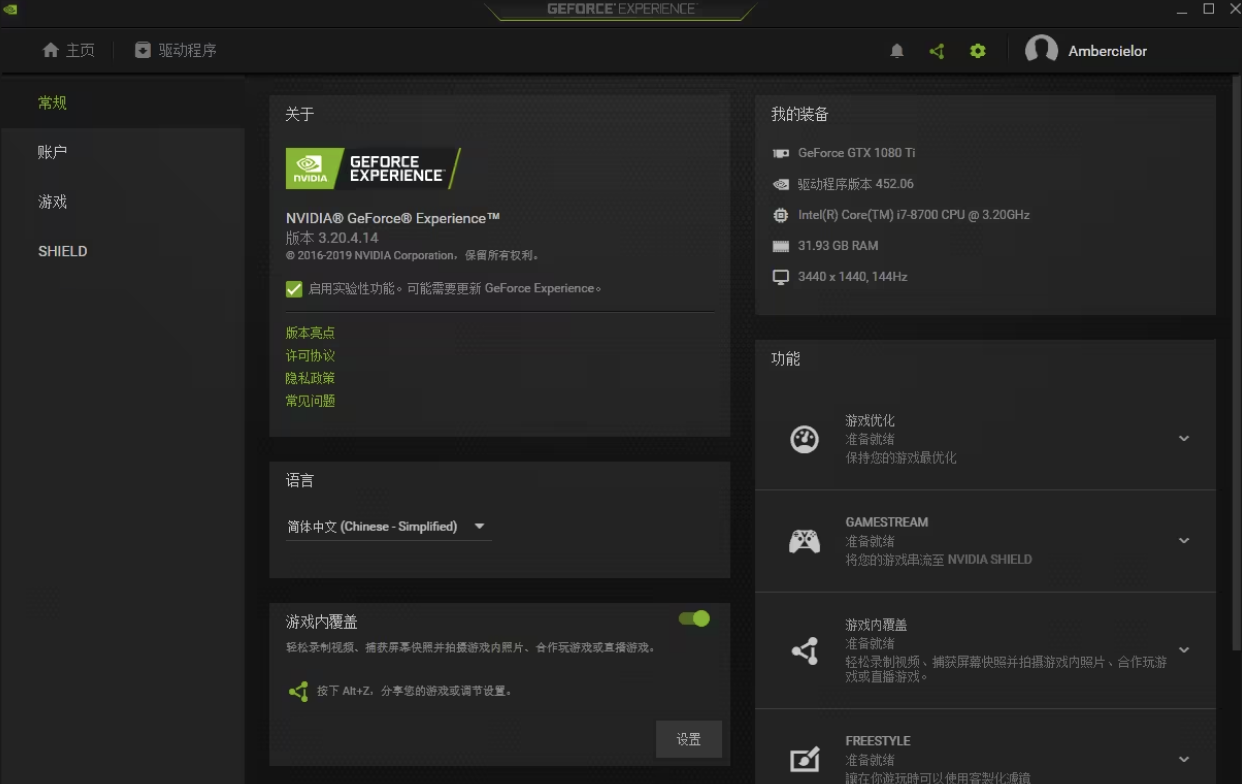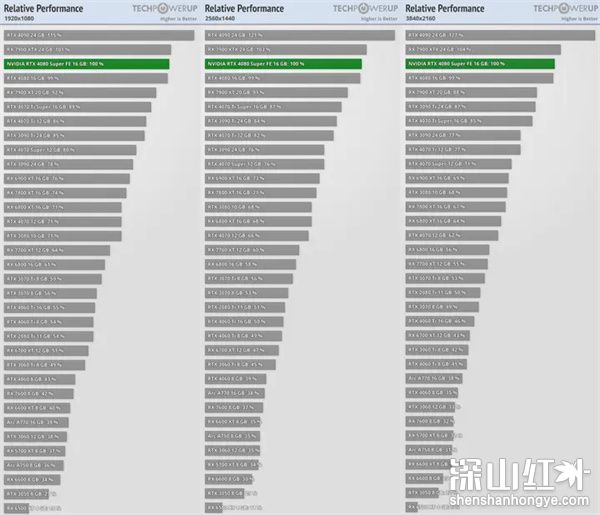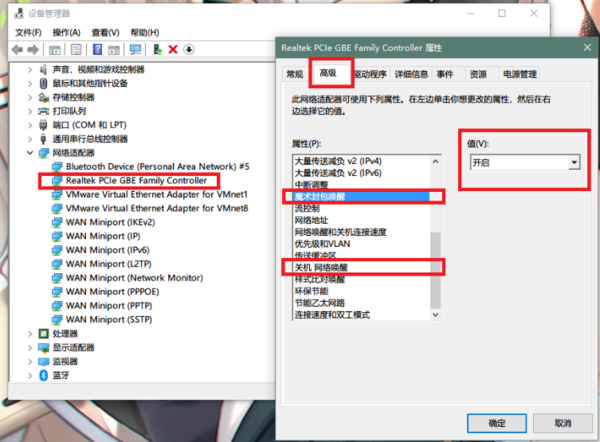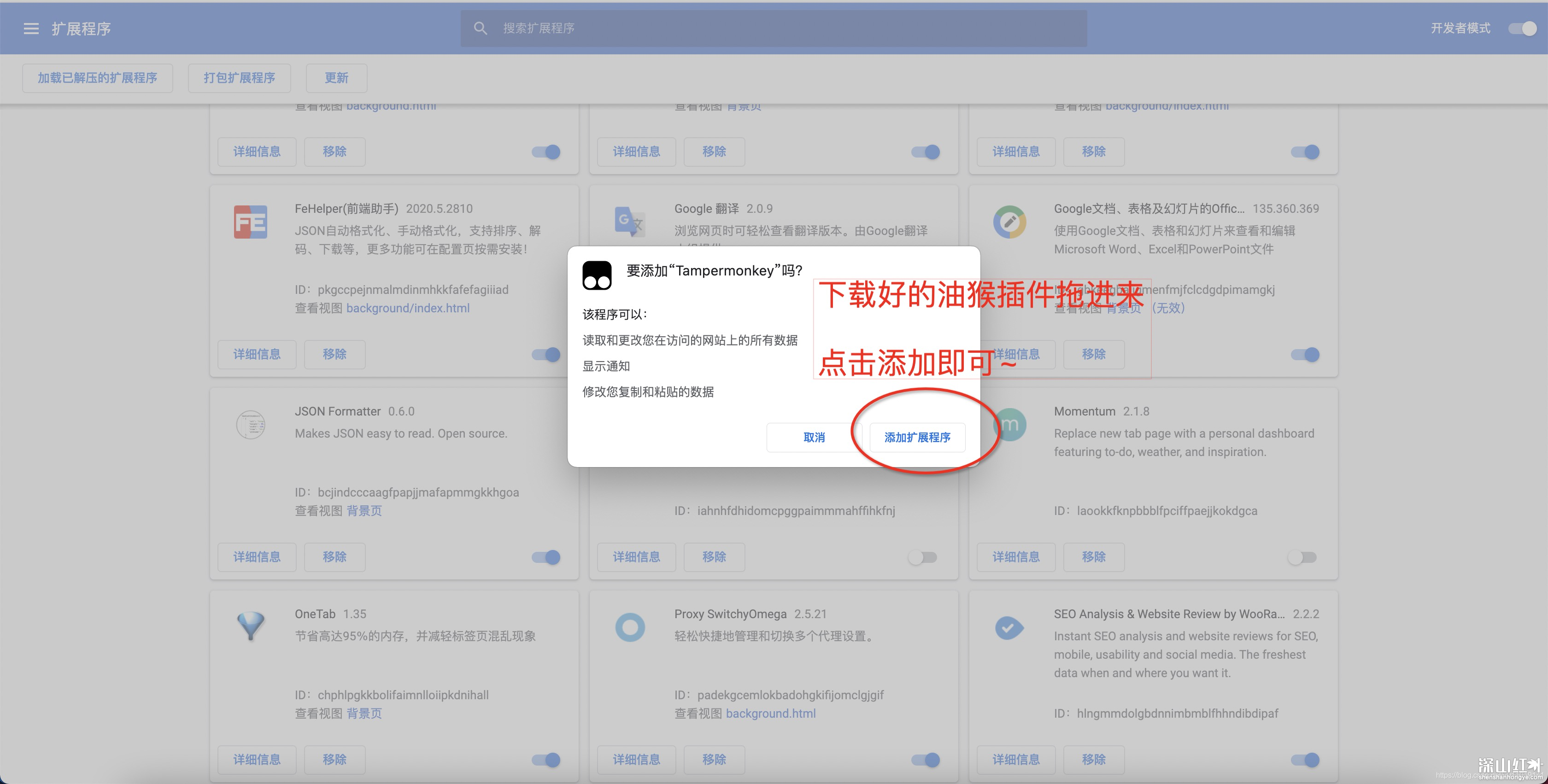「第一部分 引言」
在日常运维MysqL的过程中,不知大家是否有留意到,有时会发现binlog中的时间并不是有序的,如果对这种情况感到疑惑,那么本文将能解答你的问题。
「第二部分 时间来源」
每一个event实例都继承自Log_event类,在Log_event的构造函数中会设置event头部的时间:
Log_event::Log_event(THD *thd_arg, uint16 flags_arg,enum_event_cache_type cache_type_arg,enum_event_logging_type logging_type_arg,Log_event_header *header, Log_event_footer *footer): temp_buf(nullptr),m_free_temp_buf_in_destructor(true),exec_time(0),event_cache_type(cache_type_arg),event_logging_type(logging_type_arg),crc(0),common_header(header),common_footer(footer),thd(thd_arg) {server_id = thd->server_id;common_header->unmasked_server_id = server_id;common_header->when = thd->start_time;common_header->log_pos = 0;common_header->flags = flags_arg;}
可以看到,event的时间的直接来源是当前thd句柄的start_time,那么这个start_time又是来自于哪里?THD类提供了一个set_time函数专门用来设置start_time:
void THD::set_time() {start_utime = my_micro_time();m_lock_usec = 0;if (user_time.tv_sec || user_time.tv_usec)start_time = user_time;elsemy_micro_time_to_timeval(start_utime, &start_time);}
void set_time(const struct timeval *t) {user_time = *t;set_time();}
从上述代码可以看到,如果有设置user_time,将会使用user_time作为start_time,否则使用当前时间作为start_time。那么在什么时候会调用THD::set_time函数?代码中主要有这几个地方:
-
执行一个sql语句,在语句开始执行前会调用无参数版本的THD::set_time(可以参考dispatch_command函数)
-
更新timestamp变量(set timestamp=xxx)会调用有参数版本的THD::set_time将THD::start_time和THD::user_time更新为指定值
-
slave回放某些event(Rows_log_event,Query_log_event)会调用有参数版本的THD::set_time将start_time设置为event头部所带的时间
「第三部分 binlog时间乱序原因」
这里我们只考虑master,不考虑slave和人为设置时间的情况。从前面的介绍可以知道,event时间对应的是sql语句的开始时间,如果一条语句执行了很久,这条语句记录到binlog中的时间仍然是语句开始的时间,在这期间如果有其它执行时间较短的事务写入binlog,就会出现binlog时间乱序的现象。我们通过一个实验来感受一下:
1、数据准备

2、开启会话1,执行操作

3、会话1阻塞后,立即开启会话2,执行操作

4、导出binlog,观察时间顺序
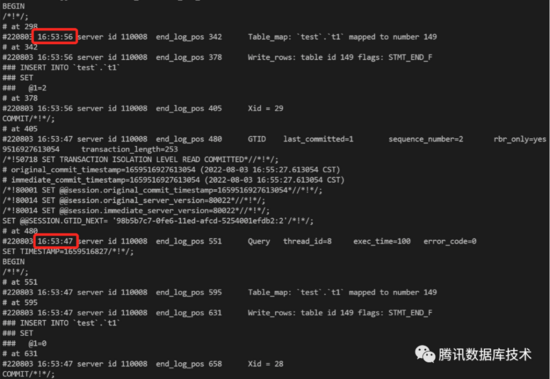
可以看到binlog中的时间并不是有序的,另外注意到每个BEGIN后面都有一个exec_time,这里的exec_time是语句的执行时间,就上图的情况而言,一个BEGIN真的执行了100s吗?实际上这里的begin和commit是提交的时候自动生成的,既然是自动生成的,那么它们的开始时间和THD::start_time也就是一样的,而exec_time是当前时间减去开始时间,exec_time=100也就符合预期了。这里特别说明一下,单独执行begin不会产生binlog,在事务第一次写入binlog到临时缓存的时候才会写入begin,commit是在事务提交时产生的,begin和commit的时间没有必然联系。
「第四部分 rotate」
执行时间较长的事务,除了影响它自身的binlog event的时间,还可能影响其它event的时间。这种情况需要满足:
这两个条件满足后,leader线程会对binlog进行rotate操作,旧的binlog需要写入Rotate_log_event,新生成的binlog文件会写入Format_description_log_event,构造这些event的过程中并不会设置头部的时间,所以头部的时间一直都是0,写入到文件的时间来自于Log_event::get_time函数:
time_t Log_event::get_time() {/* Not prevIoUsly initialized */if (!common_header->when.tv_sec && !common_header->when.tv_usec) {THD *tmp_thd = thd ? thd : current_thd;if (tmp_thd)common_header->when = tmp_thd->start_time;elsemy_micro_time_to_timeval(my_micro_time(), &(common_header->when));}return (time_t)common_header->when.tv_sec;}
可以看到,当common_header中的时间为0时会自动将时间设置为当前线程的start_time,因此,当前binlog尾部的Rotate_log_event以及下一个binlog文件头部的Format_description_log_event, PrevIoUs_gtid_log_event都受到了影响。下面的例子可以演示这种情况:
1、数据准备
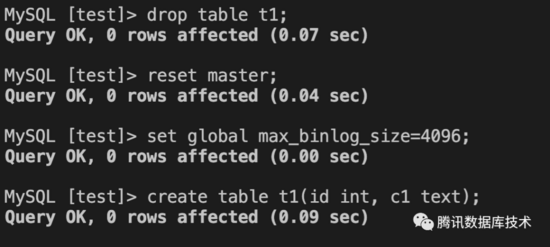
这里我们将binlog最大文件大小设置为4096,以便rotate发生。
2、 复制以下语句到会话窗口
select Now();insert into t1 values(sleep(100),repeat('a',5000));select Now();insert into t1 values(1,'a');select Now();
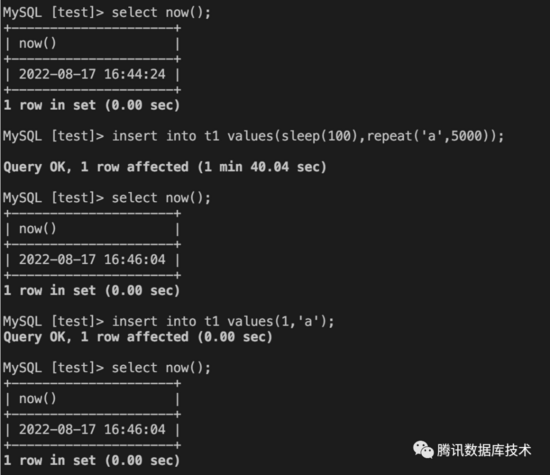
其中语句2执行完成后导致binlog rotate,由于只有一个线程,所以它一定是组提交所有阶段的leader。
3、 导出第二个binlog,观察头部event的时间

下一个binlog文件头部两个event的时间和语句2开始执行的时间是一样的,符合我们前面所说的情况。
「第五部分 总结」
本文简单介绍了binlog中时间的来源,解释了binlog中时间不一定有序的原因,感兴趣的读者可以自行学习binlog相关的代码。
腾讯数据库研发部数据库技术团队对内支持微信支付、微信红包、腾讯广告、腾讯音乐等公司自研业务,对外在腾讯云上支持 TencentDB 相关产品,如 CynosDB、CDB、TDsql等。本公众号旨在推广和分享数据库领域专业知识,与广大数据库技术爱好者共同成长。

